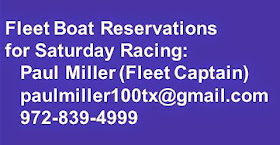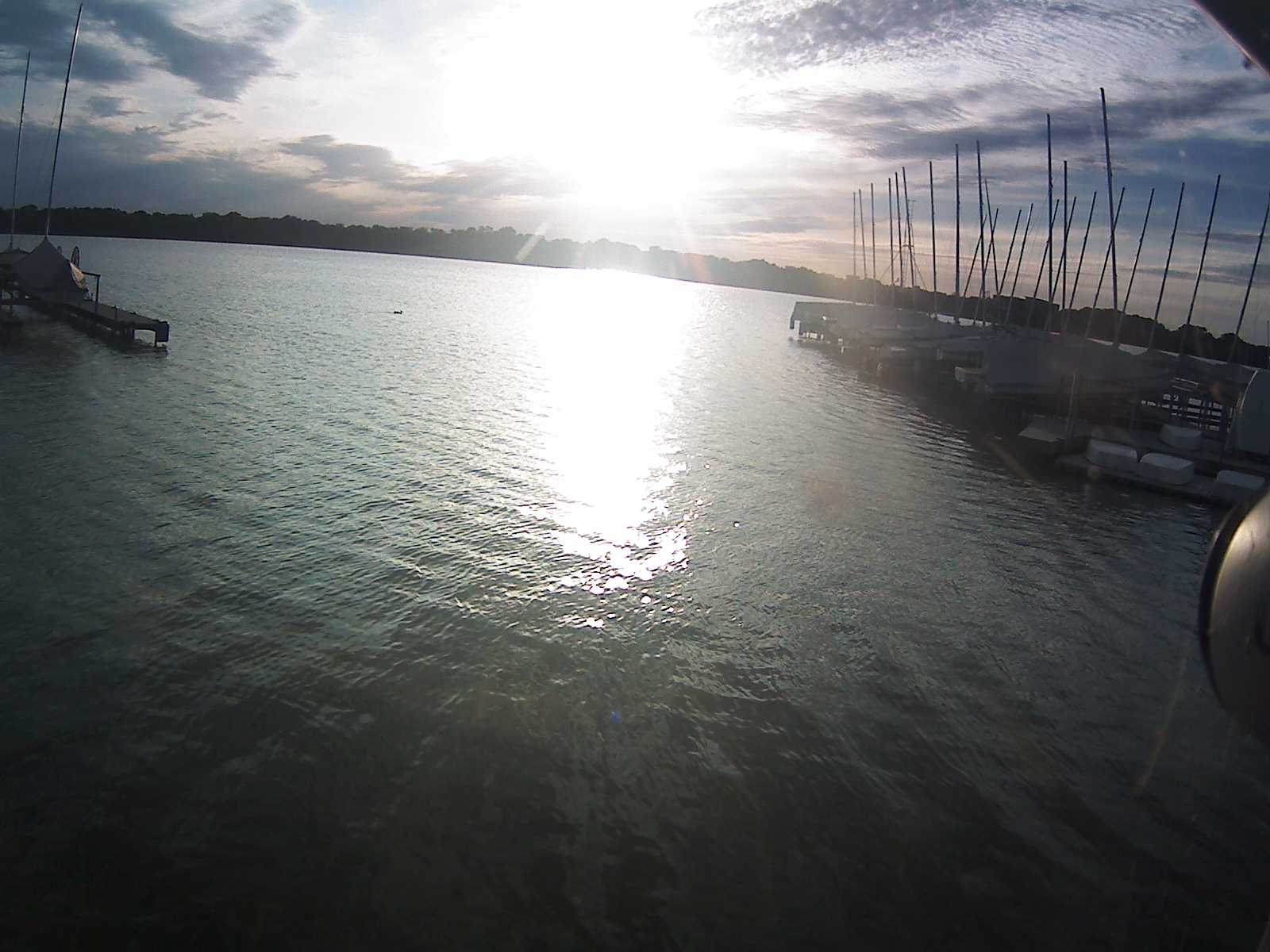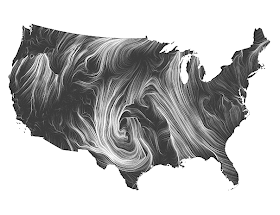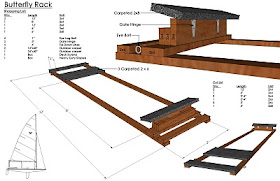Heavy Weather Sailing Q & A - Part 3 of 3
at 2.22.2009
Copyright (c) 2009 Butterfly Fleet 20
How much of a shift do you tack on?
When ahead?
When behind trying to pass? Very close. Far away.
When ahead?
When behind trying to pass? Very close. Far away.
Doug Peckover (New B'flyer): Great question. Shifts are not as important as sailing the angles and staying with a group. Remember, sailing is not a time trial where you're trying to go the fastest. Sailing is only rewarded by beating other boats, so that's what I focus on.Sailing with a lead is even more pronounced this way. Steve Bourdow – Paul Foerster's crew and Olympic Silver Medalist – has a great saying: a lead is not for saving but for spending. Be prepared to waste part of a shift (or better pressure) to stay in position. This is excellent advice, and why the very top sailors leading in an event do not perform as well on the final day. They're actually sailing in a very smart, defensive way.
Scott Mauney ('01 Nat'l B'fly Champ): It just depends. In large fleets you aren't sailing against one boat at a time. You're playing percentages. Look for a clean lane and don't pinch. Keep the boat moving fast through the water.
In heavier air do you sail the competition or the elements?
Doug Peckover: Always the competition. If I'm faster, I win. If I'm not, then I learn. And believe me, the Aussies, Kiwis, and Brits are great teachers in a breeze!
Two other points to ponder: Last year at the Laser Worlds in Sydney, I weighed in at a portly 193 and was good upwind but slow downwind in the big waves. Today, I'm down to 170. We're getting into diminishing returns upwind, so my game plan for this year Laser Worlds in Halifax is being in even better shape, being close to the lead pack at the weather mark and then blasting downwind. This is especially important because Laser courses are now basically a downwind finish.Hiking positions are crucial. The classic hiking position and bench were designed by Dick Tillman in the 70's and is still in use today. Hiking was re-invented by the New Zealander Nick Burfoot in 1993 and is radically different. There's a special way to train for this – something I'll do in another write-up.
Scott Mauney: In really heavy air you need to make sure you and your boat are working together. Let others make mistakes. Once you choose a side of the course, concentrate on winning your side by using boats around you to gage your speed and position.
Watch to see what the good people are doing then Emulate, Emulate, Emulate!









